5 Next Big Water Startups in 2018
Published on by Water Network Research, Official research team of The Water Network in Business
Interested in which up-and-coming water startups have turned water troubles into business opportunities?
Water is becoming an important investment area and water startups perform even more successfully than other technology startups.
Here is a list of water startups that are most likely to become the next big thing in 2018:
AguaClara

AguaClara is a social enterprise that designs no electricity, gravity-powered municipal-scale water treatment technologies for low-income communities around the world.
AguaClara trains in-country partners to deploy our technologies locally, and empower communities to operate and maintain the systems in the long run.
AguaClara’s water treatment plants are easy to maintain and affordable, built using locally-available materials and community labor.
Product to watch out for : High Turbidity Water Treatment Plant
For raw water up to 1 000 NTU, AguaClara designs treatment plants that can support towns with 250-3000 households.
Water is purified in a five step treatment train: coagulation- flocculation- sedimentation- filtration- disinfection. At no point in the treatment process is any electricity required.
The high turbidity plants are built in place as a civil structure, using locally available materials such as PVC pipe, cement, sand, and polycarbonate sheets.
The structure can be built by local labor, and the treatment system can be operated and maintained by a person with a 6th grade education.
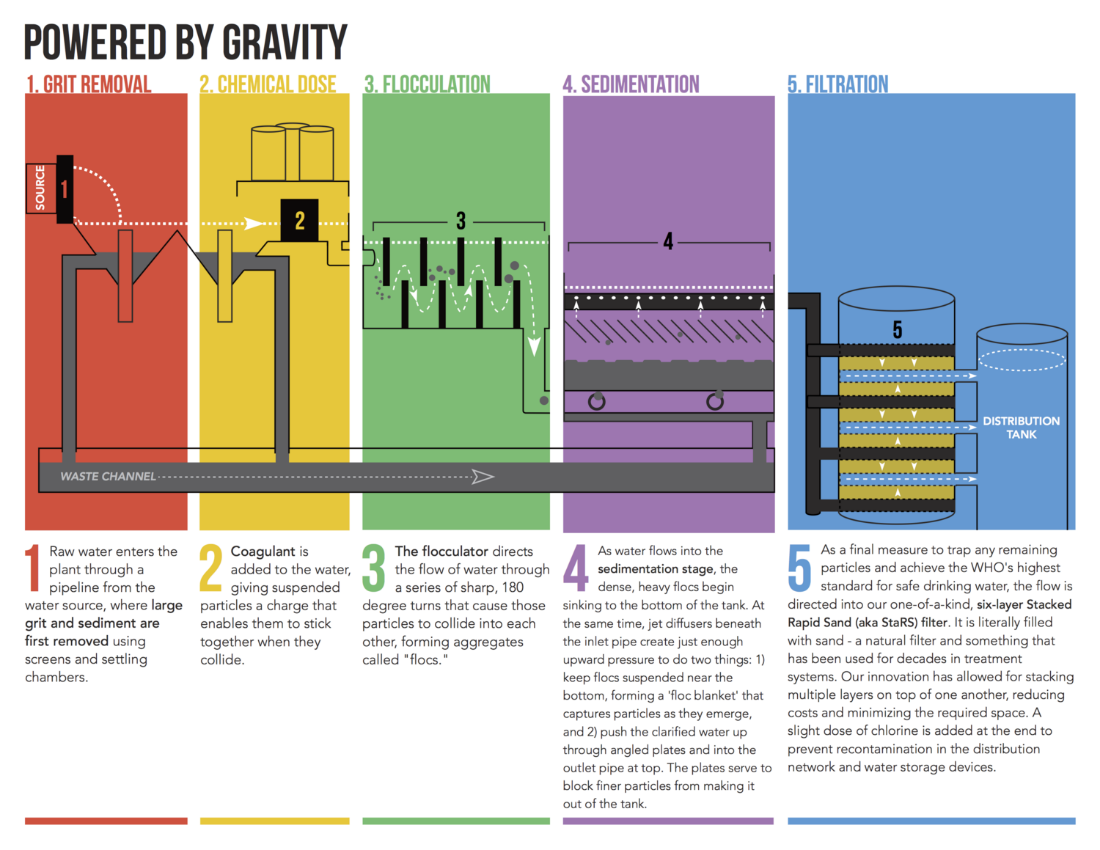
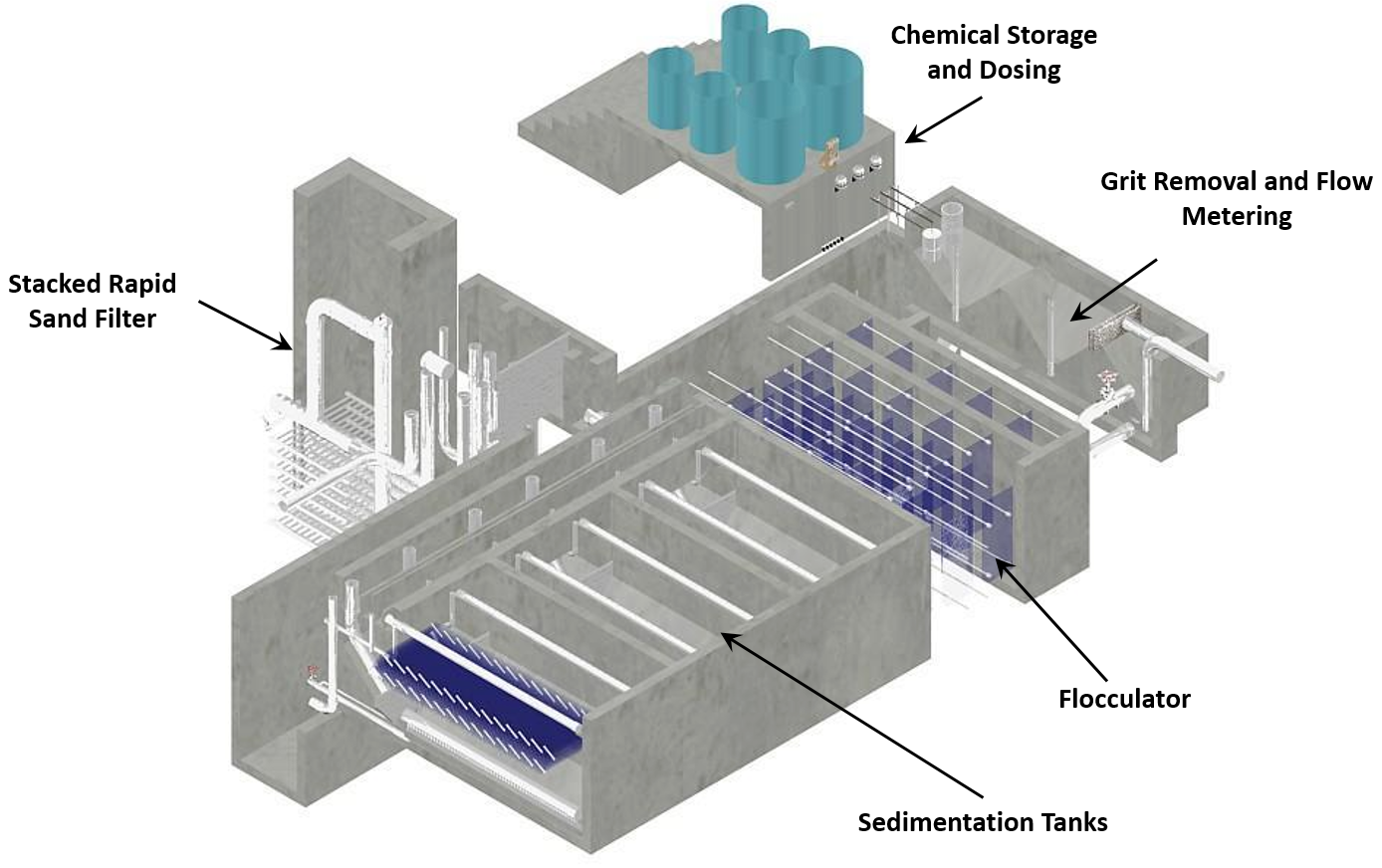
Water Lens

Water Lens enables real- time and accurate onsite testing of drilling fluids and frac water, for a host of contaminants or interfering constituents.
Water Lens’ trays come preloaded with multiple sensors and results are provided in a matter of minutes. No mixing chemicals or handling dangerous acids.
By using Water Lens, operators, oilfield service, chemical, and water recycling companies have fast and accurate detailed fluid analysis at the well site.
Product to watch out for: The Water Lens System
The Water Lens system is an accurate, simple, and cost-effective way to determine a multitude of water quality parameters in a matter of minutes, in the field or in a lab.
The system was designed for the complex waters typically found in the oil and gas industry, and because of this robustness, our system works in any water-intensive industry, such as power generation, wastewater treatment, agriculture, and paper mills.
The system consists of a 96-well plate preloaded with all of the necessary chemistries, which develop characteristic colors and are read on a compact, portable reader.
The results are accurate and will furnish the information needed to make any adjustments to water chemistry without delays caused by transporting samples to a lab for analysis or by using complicated, error-prone, legacy field testing methods.
The trays can be configured to fit your specific testing needs with any number of the parameters listed below.
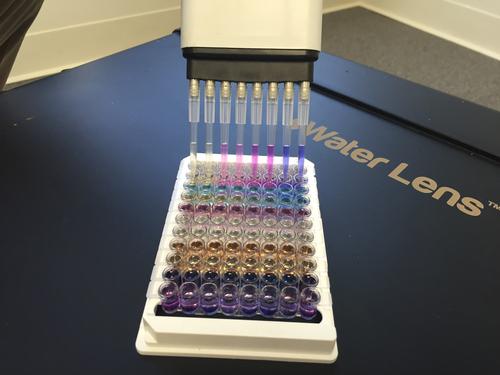
rqmicro
rqmicro develops and markets proprietary reagents and innovative instruments for microbial tests in water.
rqmicro’ s separation and detection technology is based on immunomagnetic separation and microfluidics and delivers accurate results at an unmatched speed.
Common methods in microbiology need up to 14 days to give you semi- quantitative data but with rqmicro instruments you can quantify Legionella in water samples in 1-2 hours.
Product to watch out for : CellStream
CellStream instrumentation enables the user to isolate and stain target cells (e. g. Legionella) from a water sample.
The concentrated and purified sample can be directly quantified with a standard flow cytometer.
Disposable and convenient-to- use microfluidic cartridges enable the user to perform fully automated immunomagnetic separations at a high throughput, resulting in isolated samples with unmatched purity and very high recovery rates.
Four samples can be processed in parallel with never-before- seen process stability.
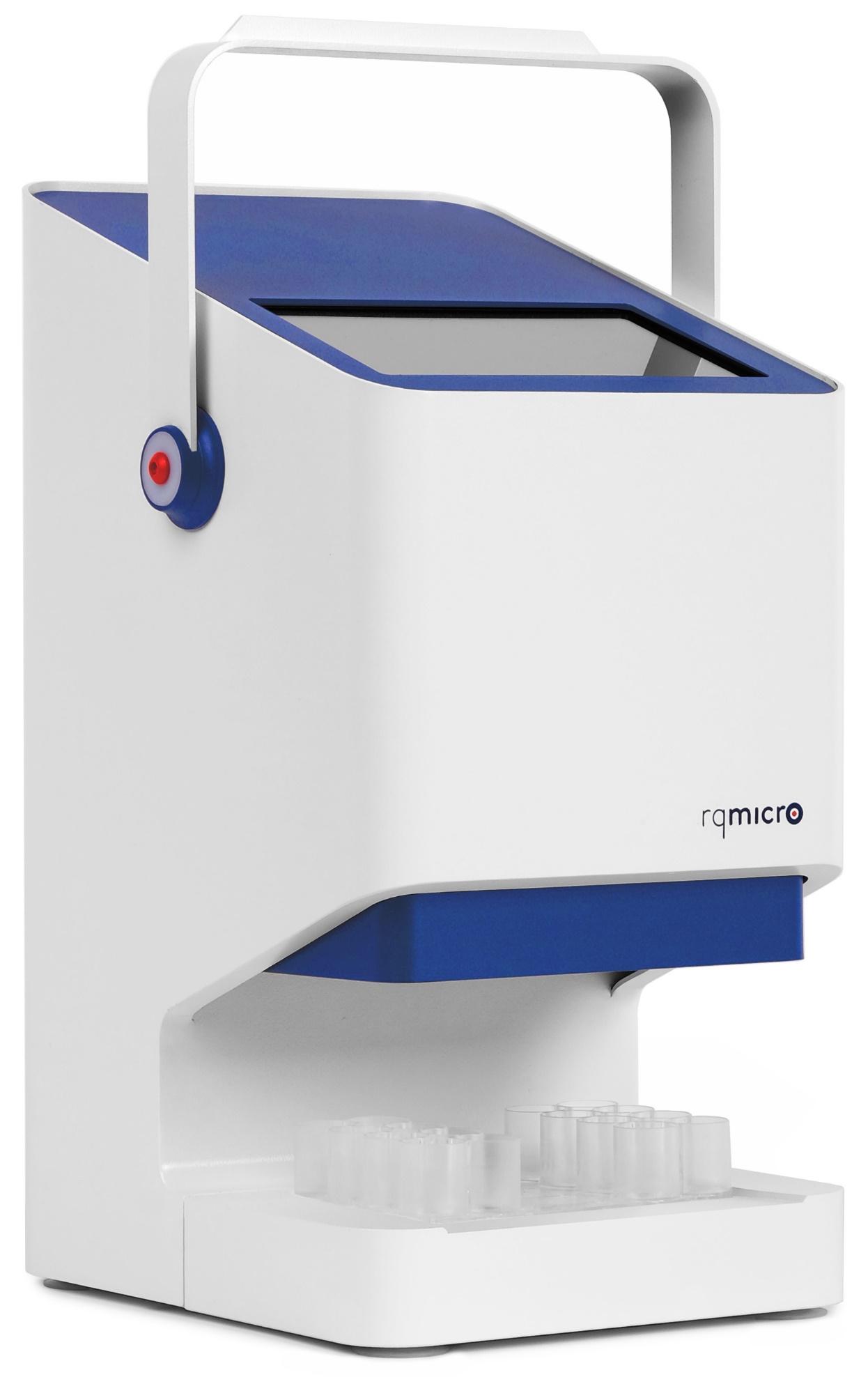
Aster Bio
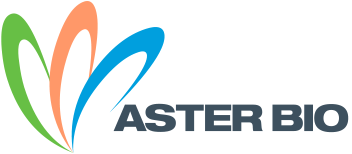
Aster Bio develops microbial-based products used in a process called bioaugmentation.
Aster Bio developed a leading-edge biomass management approach to make biological treatments work better.
Aster Bio uses carefully selected and concentrated cultures to reduce variations in treatment efficiency and buffer against losses in microbial viability.
Product to watch out for : Environmental Genomics
When you look at settling rates, BOD removal, indicator protozoa, or plate counts, you are relying on looking at the end products of microbial activity rather than directly at the microbes.
Aster Bio relies on high throughput DNA sequencing for screening cultures.
The process relies on extraction and amplification of all 16S DNA from a sample. The DNA fragments are sequenced to tell you which organisms are present and in what relative frequency.
This in effect, “opens the hood” and allows you to look deep into your microbial biomass and see response to new influents and operational changes such as changing MCRT or F/M, new nutrient additions, bioaugmentation products, added aeration, etc.
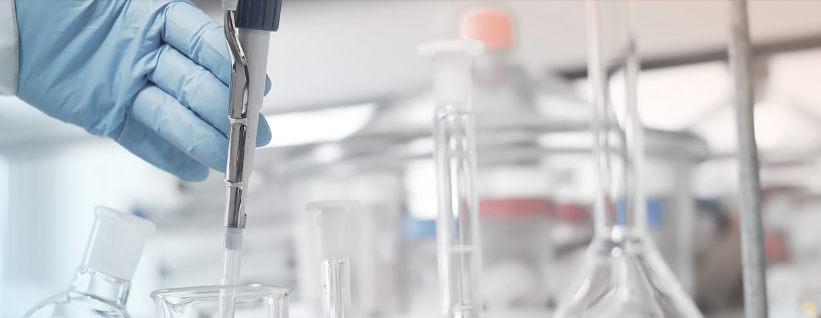
Lishtot

Lishtot's technology answer the question "to drink or not to drink?" in less than 4 seconds.
The Lishot’s Sensor works on the principle of differential electrical output in an electrical circuit based on the presence of contaminants, either general or in some embodiment’ s specific bacteria or organic pesticides.
The system has shown excellent reproducibility and the robustness required for testing under the most challenging conditions.
Product to watch out for : TestDrop Pro
TestDrop Pro allows you to test three different types of water with different parameters for each type of test.
Tap water, bottled water, and natural water all have different criteria for detecting contamination.
It has Bluetooth connectivity to the Lishtot app and quickly gives the answer you are looking for.
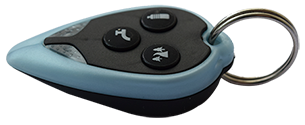
* Descriptions of companies and their products are copied from their websites.
Media
Taxonomy
- Startups
- Water
- Standards & Quality
- Treatment Methods
- Water Treatment & Control
- Quality
- Technology
- Water Quality
- Quality Maintenance
- Water Quality Management
1 Comment
-
This presentation is a call for socio- financing for the establishment of a start-up whose objective is to desalt the sea water according to a new technology without pollution and producing energy and potassium. I invite all those interested in sustainable desalination to help me in this initiative.
Dear Sir, Dear Madam
Thank you very much for giving the people involved the chance to address your platform in order to contribute to the debates and to bring solutions if possible to the problems. In this vein and as an independent researcher, I would like to solicit your help to apply solutions to some recurring problems, author of three articles that desalinate seawater without energy expenditure, without pollution, recovery of potassium for a more productive agriculture and moreover at the time of complete recycling of the compounds used there is a considerable release of energy. This research can be consulted at any time by the scientific publisher David Publishing company (www.davidpublisher.com) Journal of Chemistry and Chemical Engineering New Method for Desalination of Seawater September 2013. This research can also be found at the network Academia.edu under the heading Desalination. I remain convinced that this research can help fight poverty, the greenhouse gases that threaten the climate. In this regard I would like to establish a pilot plant desalination water in Haiti ( In the Caribbean) applying this new technology, could you help me in this endeavour useful for humanity?
Thank you for participating!
Guyteau Bayard 14856 Labelle
Pierrefonds (Quebec) Canada H9H 1J3
All funds raised will have to be managed by the United Nations via the F.A.O
